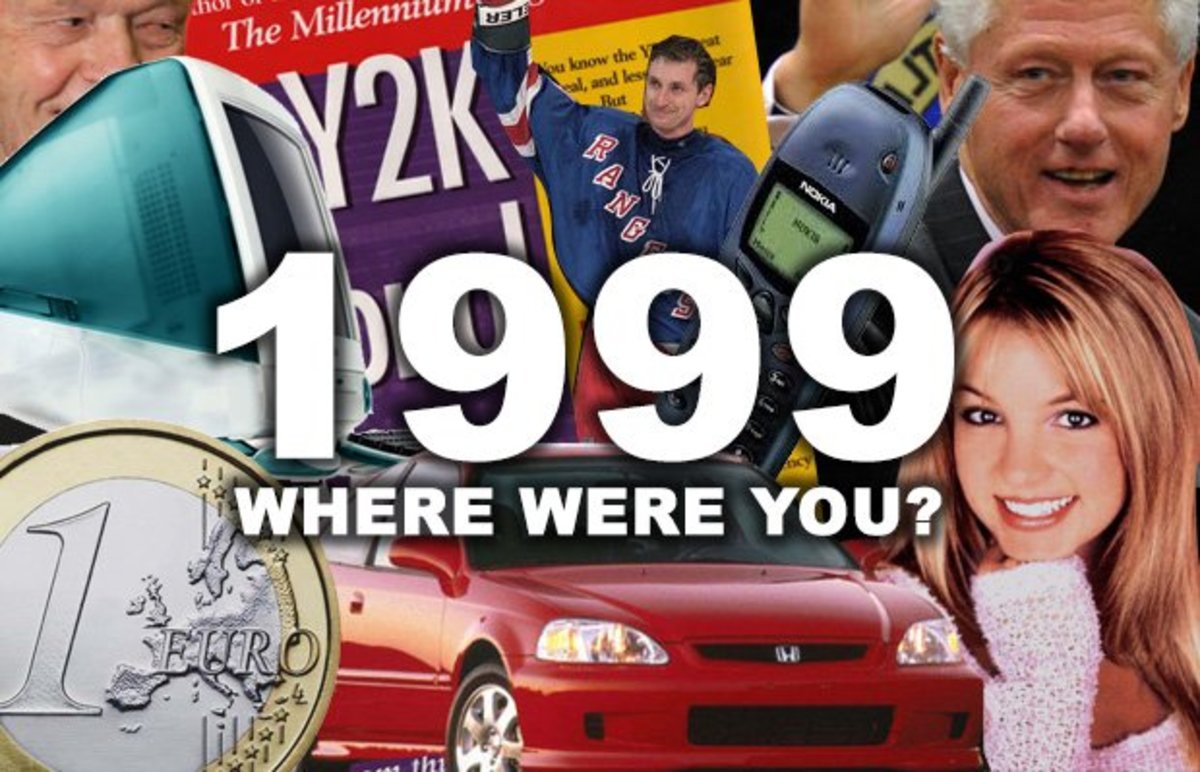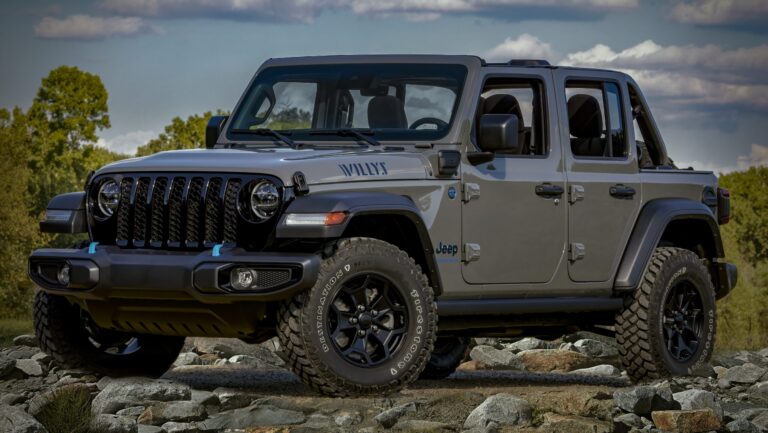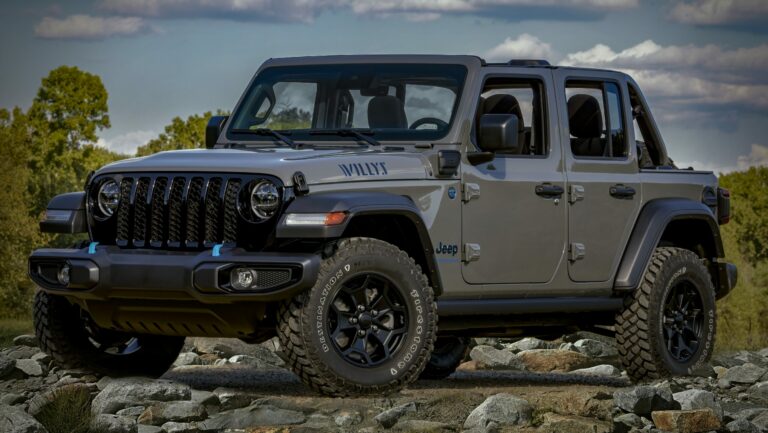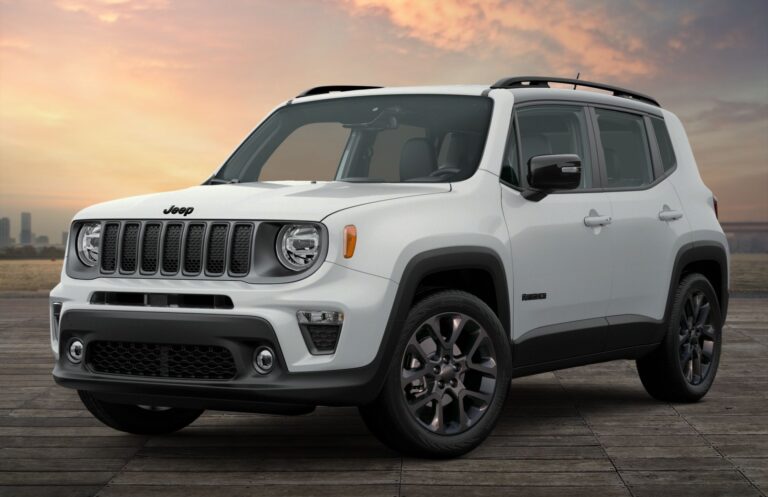1999 Jeep Wrangler Hard Top For Sale: A Comprehensive Buyer’s Guide
1999 Jeep Wrangler Hard Top For Sale: A Comprehensive Buyer’s Guide jeeps.truckstrend.com
Introduction: The Enduring Appeal of the 1999 Jeep Wrangler Hard Top
The allure of a Jeep Wrangler is undeniable, a symbol of freedom, adventure, and rugged capability. Among its various iterations, the 1999 Jeep Wrangler, specifically the TJ generation, holds a special place in the hearts of off-road enthusiasts and casual drivers alike. This model year represents a sweet spot, combining classic Jeep aesthetics with modern coil-spring suspension for a significantly improved ride quality compared to its leaf-sprung predecessors. When considering a 1999 Jeep Wrangler for sale, the "Hard Top" variant stands out as a highly sought-after configuration.
1999 Jeep Wrangler Hard Top For Sale: A Comprehensive Buyer’s Guide
A hard top transforms the open-air icon into a more practical, secure, and all-weather-friendly vehicle. It offers enhanced insulation from the elements, better noise reduction on the highway, and superior security for your belongings. For anyone looking to invest in a classic, capable, and customizable vehicle that can handle both daily commutes and challenging trails, a 1999 Jeep Wrangler Hard Top presents a compelling opportunity. This comprehensive guide will delve into everything you need to know about finding, evaluating, and owning this iconic piece of automotive history.
Why the 1999 Jeep Wrangler TJ Hard Top? A Timeless Classic
The TJ generation (1997-2006) of the Jeep Wrangler is widely regarded as one of the best. It retained the iconic round headlights and seven-slot grille that define the Wrangler, while introducing a significant upgrade in ride comfort and handling through its Quadra-Coil suspension system. This coil-spring setup, a departure from the leaf springs of the YJ and CJ models, made the TJ a much more agreeable daily driver without compromising its legendary off-road prowess.
Opting for a hard top on a 1999 TJ offers several distinct advantages:
- Enhanced Weather Protection: A hard top provides superior protection against rain, snow, and extreme temperatures, making the Jeep a viable year-round vehicle in diverse climates.
- Improved Security: Unlike a soft top, a hard top offers a more robust barrier against theft and vandalism, protecting both the vehicle itself and any valuables stored inside.
- Noise Reduction: The rigid construction and insulation of a hard top significantly reduce road and wind noise, leading to a quieter and more comfortable cabin experience, especially on longer journeys.
- Durability and Longevity: Hard tops are built to withstand the elements and minor impacts far better than fabric soft tops, contributing to the vehicle’s overall longevity and resale value.
- Classic Aesthetic: For many, the hard top completes the classic, rugged look of the Jeep Wrangler, giving it a more finished and substantial appearance.
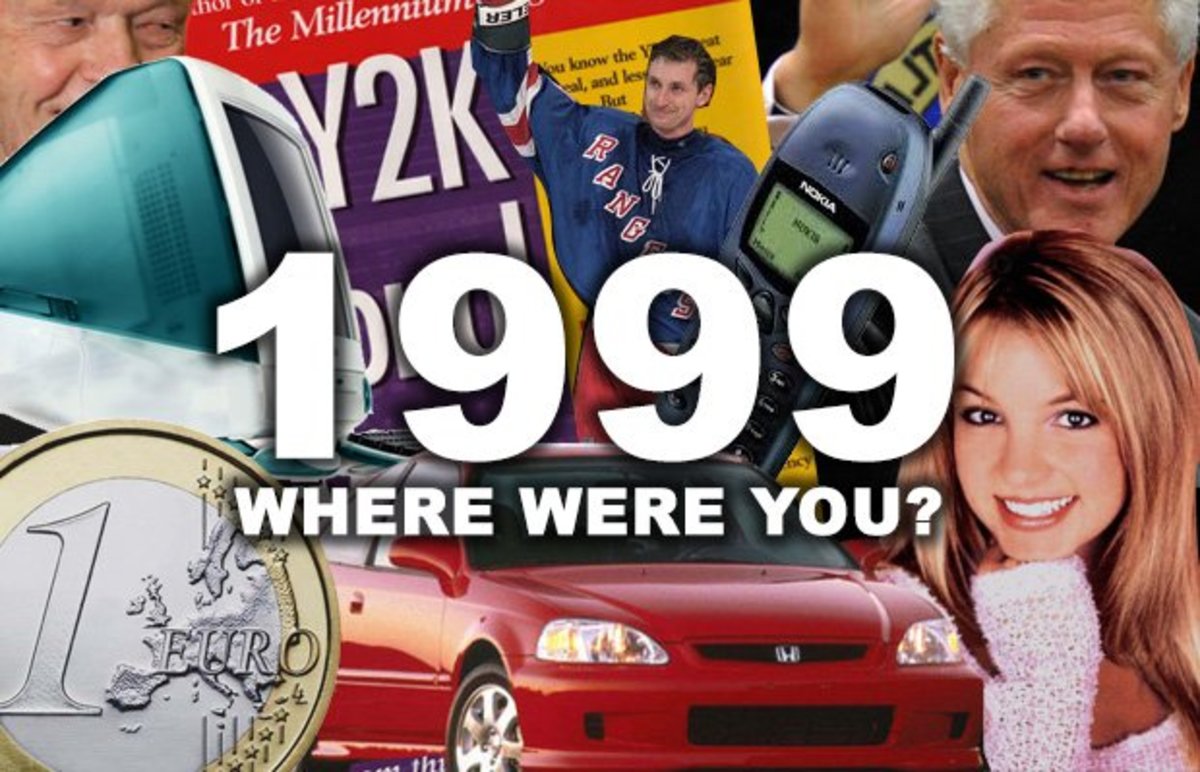
The 1999 TJ is also renowned for its robust powertrain options, particularly the venerable 4.0-liter inline-six engine, which is celebrated for its durability and torque. Its blend of classic charm, modern comfort, and legendary capability makes the 1999 Jeep Wrangler Hard Top a true timeless classic.
Key Specifications and Features of the 1999 TJ
Understanding the core specifications of the 1999 Jeep Wrangler TJ is crucial for any potential buyer.
- Engine Options:
- 2.5L AMC I4: A four-cylinder engine offering 120 horsepower and 140 lb-ft of torque. More fuel-efficient but less powerful, often found in base models.
- 4.0L AMC I6: The highly desirable inline-six, producing 181 horsepower and 222 lb-ft of torque. Known for its legendary reliability, strong low-end torque, and suitability for off-roading.
- Transmission Options:
- 5-speed Manual (AX-5 for 2.5L, AX-15 for 4.0L): The traditional choice for Jeep enthusiasts, offering maximum control.
- 3-speed Automatic (30RH for 2.5L, 32RH for 4.0L): A robust automatic option for those preferring less shifting.
- Transfer Case: NP231 Command-Trac (part-time 4WD) was standard, with NP241 Rock-Trac (full-time 4WD, lower 4-low ratio) available on Rubicon models (though the Rubicon wasn’t introduced until 2003, so a 1999 would have the NP231).
- Axles:
- Front: Dana 30 (standard across all models).
- Rear: Dana 35 (standard on most models) or the more robust Dana 44 (optional on Sport/Sahara, standard on some special editions, but rare for 1999 unless specifically ordered).
- Suspension: Quadra-Coil live axle suspension with coil springs at all four corners, providing 8 inches of wheel travel.
- Hard Top Specifics:
- Typically made of fiberglass.
- Features a rear window with a wiper and defroster for improved visibility in adverse conditions.
- Comes in two main pieces: the main rear shell and removable front "Freedom Panels" on later models (not standard on 1999 TJs; the 1999 hard top is generally a single, large piece). Removing it requires at least two people due to its weight and bulk, or a specialized hoist system.
- Attaches via several bolts around the tub and clamps to the windshield frame.
Standard interior features were basic but functional, including AM/FM stereo, air conditioning (optional), and simple, durable seating.
What to Look For When Buying a 1999 Jeep Wrangler Hard Top
Purchasing a 25-year-old vehicle requires a meticulous inspection. For a 1999 TJ, certain areas demand particular attention:
- Rust, Rust, Rust: This is the TJ’s Achilles’ heel.
- Frame: Critically inspect the frame, especially near the control arm mounts, skid plate mounts, and behind the front wheels. Look for flaking, holes, or extensive patching. Severe frame rust is often a deal-breaker.
- Body: Check the rocker panels, floor pans (under the carpet), fender wells, and around the door hinges. Surface rust is common; perforating rust is problematic.
- Undercarriage Components: Examine exhaust, suspension components, and brake lines for excessive corrosion.
- Mechanical Health:
- Engine (4.0L): Listen for knocking, ticking, or unusual noises. Check for oil leaks (rear main seal is common but not always critical). Ensure proper fluid levels and clarity.
- Transmission: Manuals should shift smoothly without grinding. Automatics should engage gears cleanly without harsh jerks or slipping.
- Transfer Case: Check for fluid leaks. Engage 4WD (High and Low) to ensure it shifts properly and there are no grinding noises.
- Axles: Listen for humming or whining noises, which could indicate worn gears or bearings. Check for fluid leaks at the differential covers.
- Suspension: Look for worn bushings, leaky shocks, and broken coil springs. Test drive for clunks or wobbles.
- Brakes: Check pad thickness, rotor condition, and brake fluid level.
- Hard Top Condition:
- Cracks and Damage: Inspect the fiberglass for cracks, especially around mounting points or corners.
- Seals: Check the rubber seals around the windows and where the top meets the body. Worn seals lead to leaks and increased noise.
- Windows: Ensure the rear window opens and closes smoothly, and the wiper and defroster (if equipped) function.
- Mounting Hardware: Confirm all bolts and clamps are present and in good condition.
- Interior:
- Water Leaks: Check for dampness or mildew, especially on the carpet, which could indicate past leaks from the top, doors, or windshield.
- Functionality: Test all lights, gauges, HVAC, radio, and power windows (if applicable).
- Seat Condition: Look for rips, tears, and excessive wear.
- Documentation: Request service records to understand maintenance history. A clear title is essential. Run a CarFax or AutoCheck report to check for accident history, odometer discrepancies, and previous owners.
- Modifications: Many Jeeps are modified. Evaluate the quality of any aftermarket lifts, wheels, tires, or other accessories. Poorly installed modifications can lead to problems.
The Hard Top Advantage: More Than Just a Roof
While the removable soft top epitomizes the Wrangler’s open-air spirit, the hard top offers practical benefits that significantly enhance the ownership experience, especially for a 1999 model that might serve as a daily driver.
- Superior Insulation: The fiberglass construction of the hard top, often combined with an interior headliner, provides far better insulation against heat and cold than any soft top. This makes winter driving more comfortable and reduces the strain on the air conditioning in summer.
- Noise Reduction: One of the most significant advantages is the reduction in road noise, wind noise, and even ambient traffic sounds. This allows for easier conversations, better enjoyment of the stereo, and a less fatiguing experience on highways.
- Enhanced Security: A hard top offers a much greater deterrent to theft and vandalism. Windows cannot be easily cut, and the rigid structure makes unauthorized entry more difficult, safeguarding your vehicle and its contents.
- Better Visibility: The rear window of a hard top is typically larger and made of glass, providing clearer, distortion-free visibility compared to plastic soft top windows that can scratch and yellow over time. The integrated rear wiper and defroster are invaluable in inclement weather.
- Year-Round Usability: With a hard top, your Jeep Wrangler transitions from a seasonal fun vehicle to a truly versatile, go-anywhere machine, comfortable in any weather condition.
- Increased Rigidity: While not a primary structural component, the hard top does add a degree of rigidity to the vehicle’s body, which can subtly contribute to a more solid feel.
While removing a hard top is more involved than folding down a soft top, the ability to switch to a soft top in warmer months (if you acquire one) or store the hard top for open-air adventures offers the best of both worlds.
Maintenance Tips for Your 1999 TJ Hard Top
Once you’ve acquired your 1999 Jeep Wrangler Hard Top, proper maintenance will ensure its longevity and continued performance.
- Regular Cleaning: Wash the exterior of the hard top regularly to remove dirt, grime, and environmental contaminants. Use automotive soap and avoid harsh abrasives.
- Waxing/Sealing: Apply a good quality automotive wax or sealant to the fiberglass exterior a few times a year. This protects the finish from UV damage and helps water bead off.
- Seal Inspection and Lubrication: Periodically inspect all rubber seals where the hard top meets the body and around the windows. Clean them and apply a silicone-based lubricant to keep them pliable and prevent cracking, which can lead to leaks.
- Hardware Check: Ensure all mounting bolts and clamps are secure. Vibrations from driving (especially off-road) can loosen them over time.
- Rear Window Care: Keep the rear window clean. If equipped, ensure the wiper blade is in good condition and the defroster elements are working. Avoid scraping ice off with metal tools.
- Proper Removal and Storage: If you plan to remove your hard top for the summer, ensure you have adequate help or a hoist system. Store it in a safe, dry place, ideally suspended to prevent warping or damage to the seals.
Understanding the Market: Pricing and Value Factors
The price of a 1999 Jeep Wrangler Hard Top can vary significantly based on several key factors. Unlike newer vehicles, age and mileage are less critical than overall condition, especially concerning rust.
Key Factors Affecting Price:
- Condition (Rust!): This is paramount. A rust-free frame and body will command a premium. Minor surface rust is manageable, but structural rust drastically reduces value.
- Mileage: Lower mileage is generally better, but a well-maintained high-mileage 4.0L can still be very reliable.
- Engine: The 4.0L inline-six is highly preferred and will typically fetch a higher price than the 2.5L four-cylinder.
- Transmission: Manual transmissions are often favored by enthusiasts, but automatics are also popular. Condition is key.
- Hard Top Condition: A hard top in excellent condition (no cracks, good seals, functional rear window) adds significant value.
- Modifications: Quality, desirable modifications (e.g., reputable lift kits, larger tires, winch) can add value, while poorly executed or extreme modifications might detract from it.
- Maintenance History: Documented maintenance records indicate a well-cared-for vehicle.
- Location: Prices can vary regionally based on demand and exposure to corrosive elements (e.g., road salt in northern climates often leads to more rust and thus lower prices for comparable vehicles).
Estimated Price Table (USD):
| Condition Category | Estimated Price Range (USD) | Key Factors Affecting Price |
|---|
